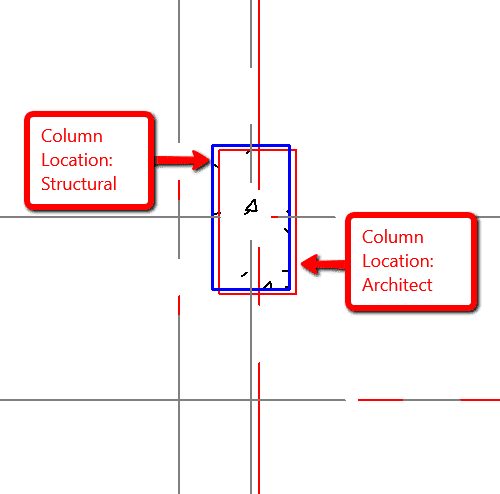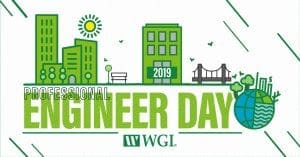
2021 ENR Top 500 Design Firms List: WGI Moves Up to #175
WGI moves up 12 spots on the Engineering News-Record (ENR) 2021 Top 500 Design Firms List!
Learn from award-winning professionals — explore our whitepapers, blogs, and the latest industry updates.
Join our dynamic organization of engineers, land surveyors, landscape architects, environmental scientists, and architects!
Talk to a market leader today! We’ll answer any questions you have about our professional services.

What is coordination and why is it so important? First, the definition:
“Coordination is the process of organizing people or groups so that they work together properly and well.”
From my experience as an infantryman in the US Army, proper coordination and communication – prior to actual boots on the ground – is vital to setting your team up for a successful mission. Infantry teams coordinate with other teams such as artillery, mechanics, medics, and others to make the mission go as smooth and safe as possible.
Much like the military, here at WGI we believe that coordination and communication is key to completing a successful project. This is especially important to establish early on between the architectural and structural engineering teams to avoid problems down the line when they are harder and more expensive to fix: things like columns in front of windows, beams too low in egress paths, unexpected openings in shear walls, or misaligned slab edges. People are human, and mistakes happen, but many common problems can be averted simply by communicating clearly, early, and often.

To make the process easier for both the architect and the structural engineering team, here is a short list of items that can make a project start-up successful and set the stage for smooth coordination throughout design and construction. Not all apply to every construction type, but this is a good place to start.
Things the architect should provide the structural team:
Within a short period of time, the structural team should provide these things to the architect:

This is a good beginning, but it’s only the beginning. When in doubt about anything—ask, request, inquire, or query; or notify, inform, advise, or apprise via email, phone, fax, telegraph, or carrier pigeon. At WGI we believe that it is never possible to over-communicate. Plus we like to hear your voice.

WGI is a national design and professional services firm leading in technology-based solutions for the construction of public infrastructure and real estate development. At WGI, we’re providing Tomorrow’s Infrastructure Solutions Today.

WGI moves up 12 spots on the Engineering News-Record (ENR) 2021 Top 500 Design Firms List!

WGI moves up 37 spots on Engineering News-Record (ENR)’s 2020 Top 500 Design Firms List.

In this episode of WGI Unleashed, we get a chance to chat with WGI’s Mike Oler, a Market Leader in the Dallas, TX office.

WGI is celebrating the engineering profession with our PE’s and aspiring PE’s around the nation for the fourth annual Professional Engineers Day!

Melissa’s addition to the team solidifies WGI’s leadership in helping communities harness the benefits of much-needed infrastructure projects throughout the nation.

Experience the extraordinary evolution of Clive Bar, located in the heart of Austin, TX’s, Rainey Street Historic District! From a historic bungalow to a stunning multi-level venue, Clive Bar’s story is as unique as its eclectic ambiance.
You’ve been searching for a place like WGI. We look forward to meeting you soon.
Sign up to receive emails to hear our latest news and achievements in our monthly newsletter.
Enter your zip code, and we’ll personalize your experience with local projects, office locations, team members, and more.
WGI supports its associates with meaningful opportunities for growth, strong benefits and perks, while we work collaboratively with clients and co-consultants to shape and improve communities.






WGI is a dynamic organization with opportunities nationwide for engineers, land surveyors, landscape architects, environmental scientists, and architects.